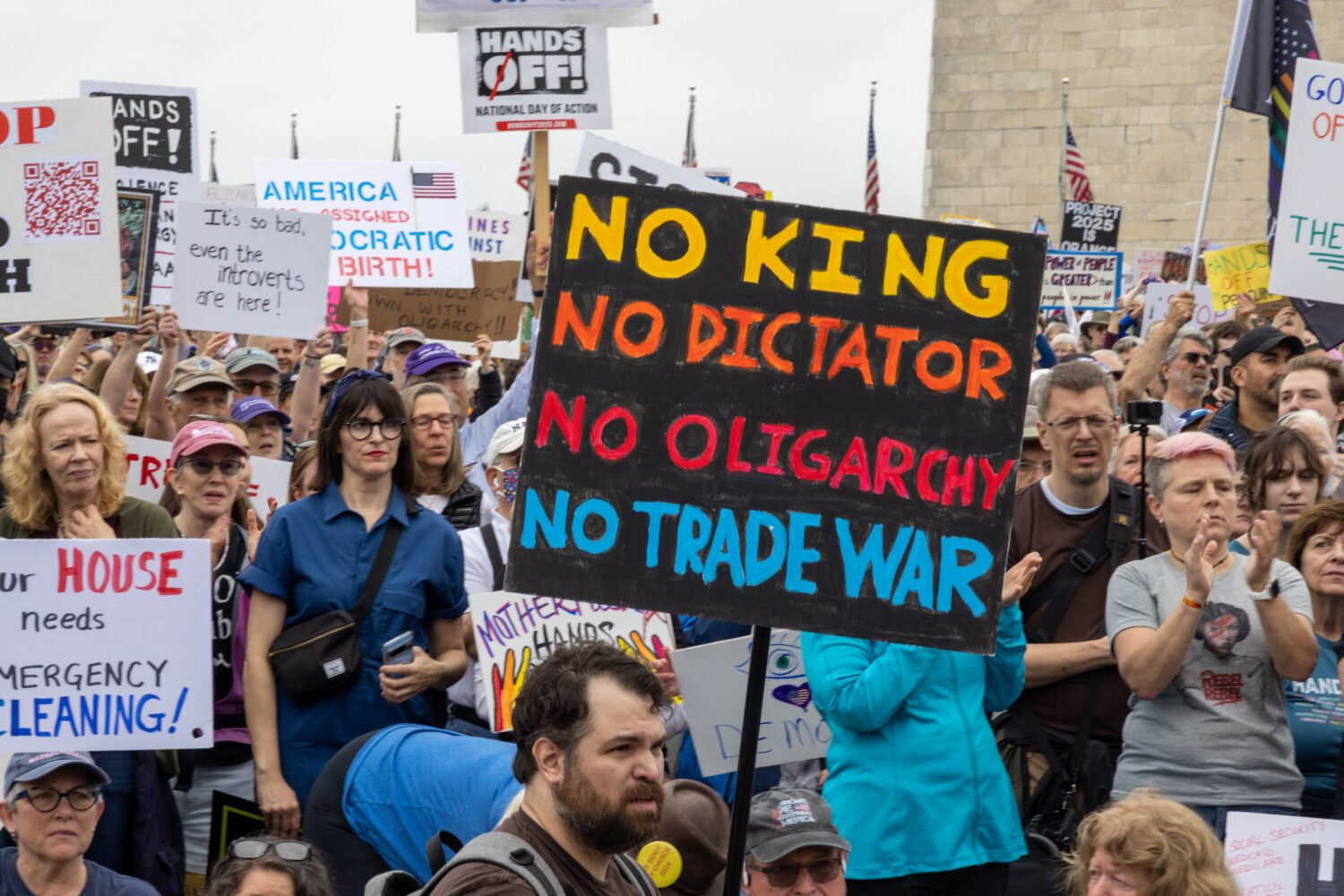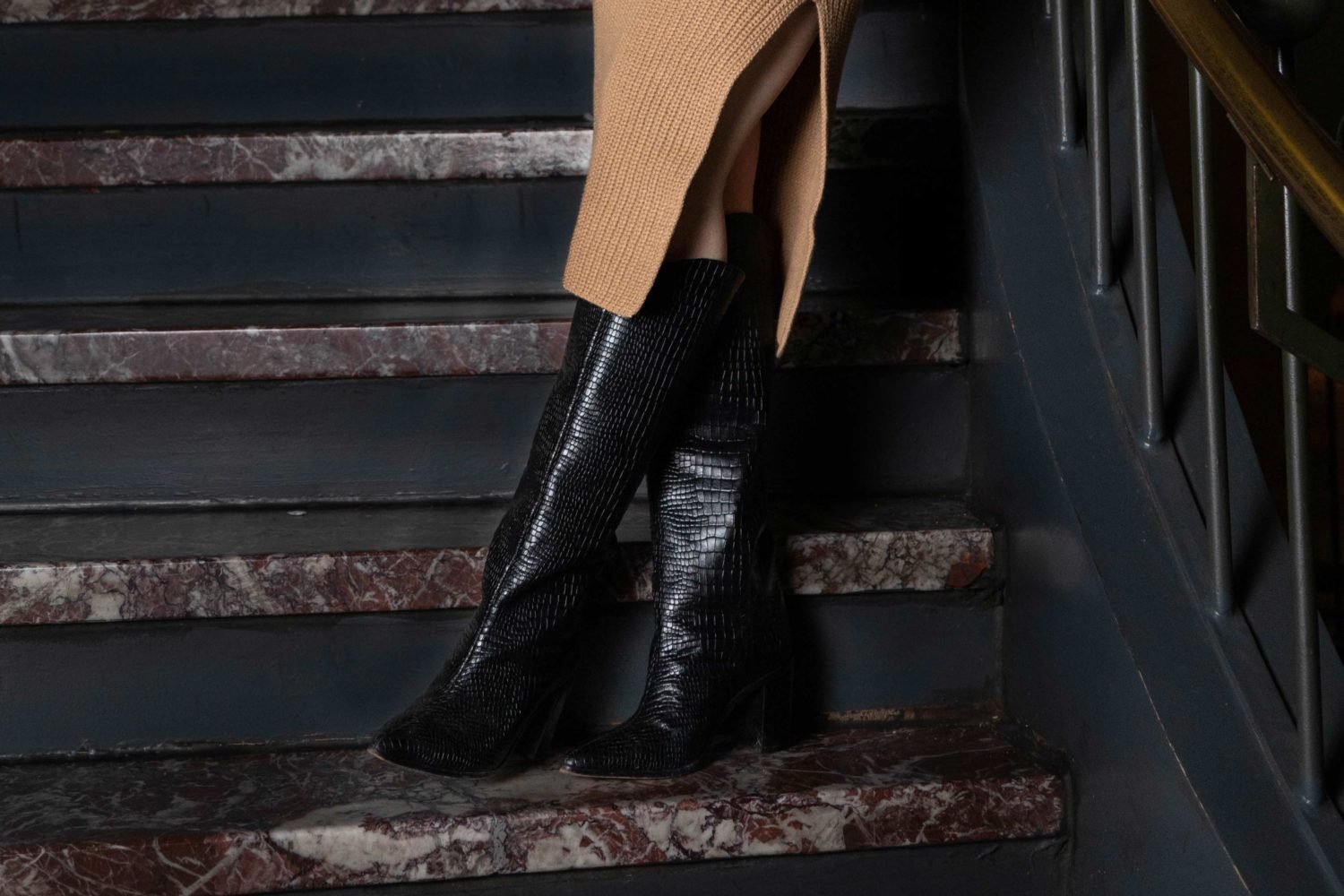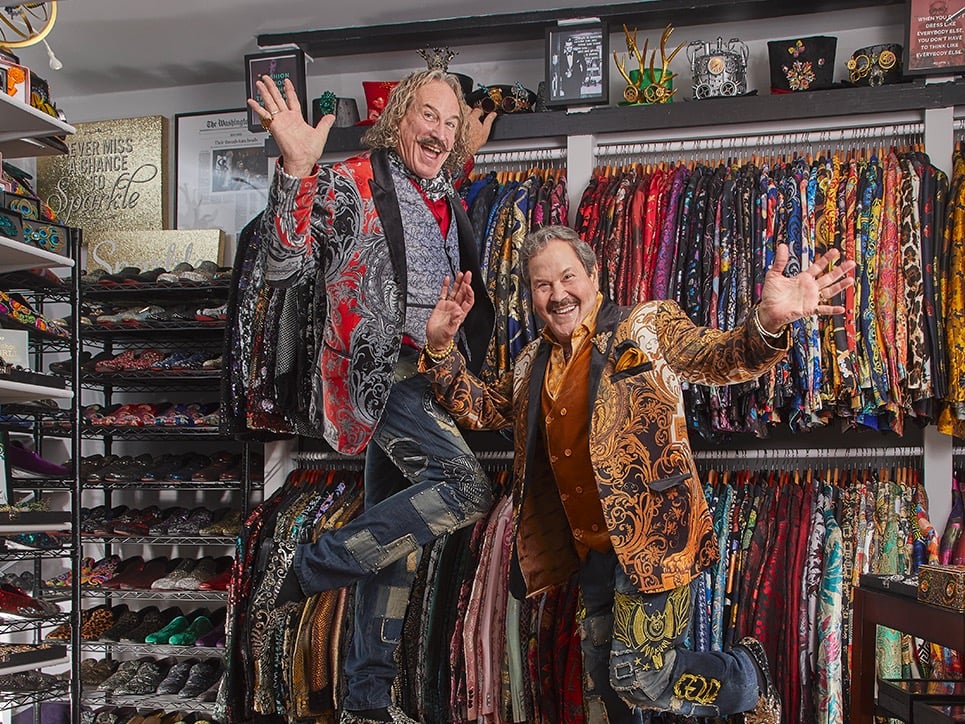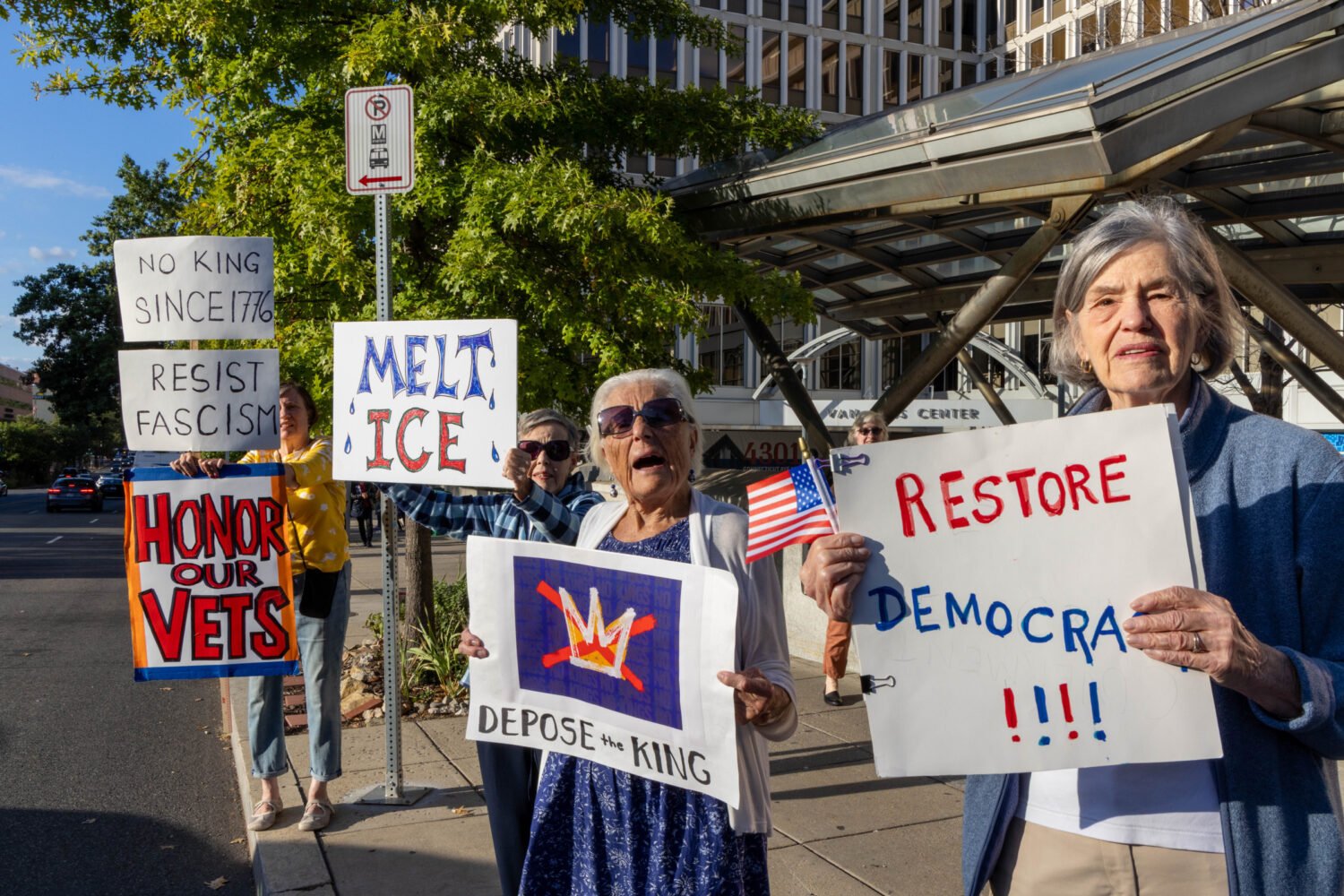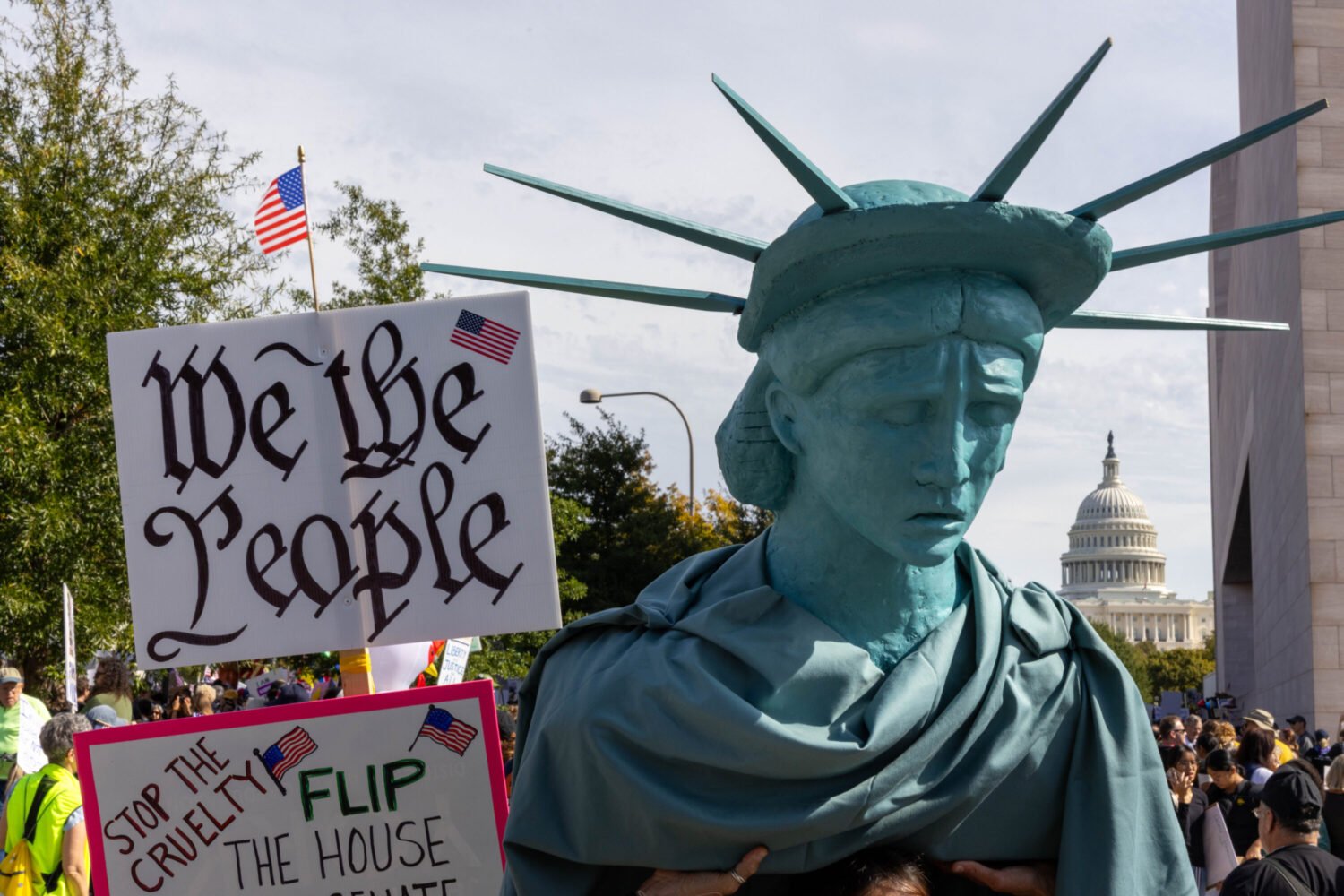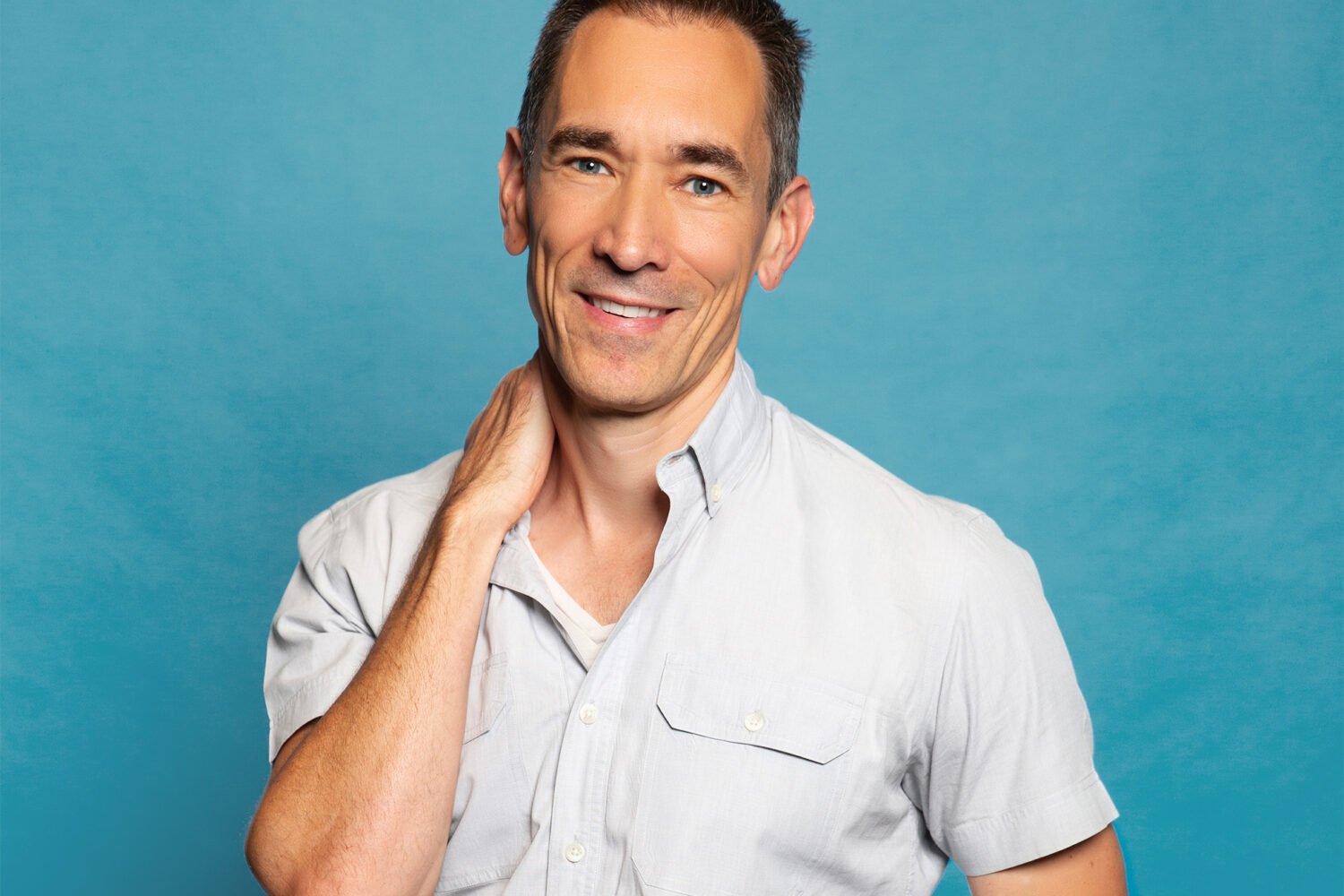Laugh lines aren’t funny. Neither are the ridges and creases that end up etched into our foreheads, along our cheeks, or around our mouths. Caused by repeated facial expressions, sun damage, poor hydration, and genetics, wrinkles are—sadly—harder to erase than all those skin-care ads would have us believe.
|
Nasolabial folds and marionette lines Mild wrinkling Moderate wrinkling Severe wrinkling |
Forehead creases, crow’s-feet, and mid-eyebrow furrows Mild wrinkling Moderate wrinkling Severe wrinkling |
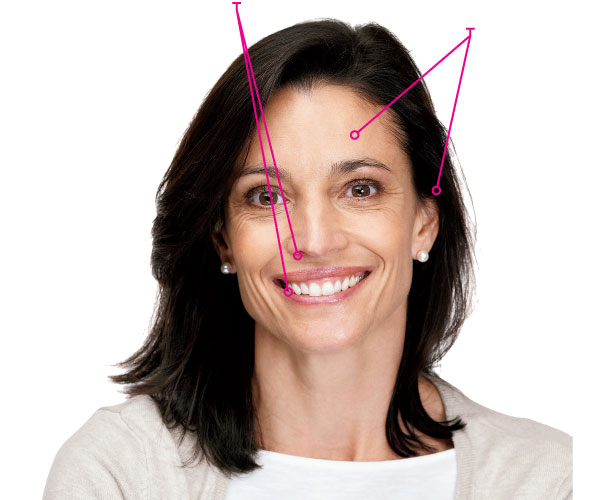
Options for Erasing Wrinkles
Muscle-Relaxing Injectables
Examples: Botox, Dysport.
What they are: Diluted injections of purified botulinum toxin type A, a neurotoxin and protein produced by the bacterium Clostridium botulinum.
Best for: Smoothing wrinkles caused by facial movement by preventing muscles from contracting in the forehead, midbrow, or around the eyes. Also used for subtle, nonsurgical brow lifts, softening smoker’s lines above the lips, lifting the corners of the mouth, and relaxing horizontal neck lines.
What to expect: A prickling sensation from the microfine needle. Mild redness and swelling may occur at injection sites for a couple of hours. There may also be bruising, which can last several days.
When results kick in: Two to three days for Dysport, three to five for Botox.
Results last: Three to four months.
Cost: $300 to $1,000 per treatment area.
Hyaluronic-Acid Fillers
Examples: Restylane, Juvéderm, Perlane, Hylaform.
What they are: Injectable volumizers made from hyaluronic acid, a substance that occurs naturally in skin and holds hundreds of times its weight in water—which is what causes plumping when it’s injected. The effect of these fillers is correctable and reversible by injecting hyaluronidase, an enzyme solution that speeds the natural breakdown of hyaluronic acid.
Best for: Filling in wrinkles and deeper creases of the face, such as nasolabial folds (nose-to-mouth lines), melomental folds (downturned corners of the mouth), marionette lines (which run from the corners of the lips to the chin), forehead creases, mid-eyebrow furrows, and crow’s-feet. Also used for filling aging-related facial hollows, replenishing cheek volume, and filling troughs under and around the eyes to minimize under-eye circles.
What to expect: Topical anesthetic is applied to numb the area. Mild redness should subside within a day, though bruising at the injection sites may last up to a week.
When results kick in: Immediately, though it can take up to three days for swelling to subside so final results are visible.
Results last: Six to eight months.
Cost: $400 to $800 per syringe; one to five syringes are typically used, depending on the extent of volume loss and depth of creases.
Ultrasound and Radio frequency
Examples: Ulthera, Thermage, Eprime, Evolastin, TriPollar.
What they are: Both ultrasound and radio frequency work by forcing heat deep into skin tissue, where it helps rebuild the body’s own collagen—its own natural filler—to tighten, lift, and plump skin.
Best for: Firming skin on the face and neck, lifting the brow and upper eyelid, and tightening the jaw line and jowls. Although results aren’t as predictable because skin on the body is thicker than on the face, Ulthera and Thermage can also be used to firm loose skin on the abdomen, upper arms, and thighs.
What to expect: In Eprime and Evolastin, tiny hair-thin needles of radio-frequency energy are inserted into the skin after a topical anesthetic is applied. Tissue is heated to 68 degrees Celsius for a minute. Most of the time, only one treatment is needed. Thermage and TriPollar employ similar technology but with a handheld wand instead of microneedles, as does Ulthera, in which radio frequency is replaced by ultrasound waves. Treatment takes about an hour from cheeks to neck, followed by a couple of days of redness and swelling.
When results kick in: Some firming is visible immediately, but more dramatic results typically take three to six months.
Results last: Two to three years.
Cost: $1,200 to $3,000, depending on the size of the treatment area.
Resurfacing Lasers
Examples: Fraxel, Fractional CO2, erbium-laser resurfacing.
What they are: Tiny beams of light that damage skin below the surface, triggering new cell and collagen growth. Fractional lasers spread out the damage in microscopic treatment zones (so that not all skin is targeted at once) for deeper penetration and faster healing.
Best for: Improving or erasing fine lines and wrinkles, uneven pigmentation, brown spots, and sun damage. Targets wrinkles in smaller areas such as around the eyes and mouth.
What to expect: For gentler, non-ablative treatments—meaning the skin surface isn’t burnt off—such as Fraxel Re:fine, an anesthetic is applied and cold air is used to minimize sensation, but expect to feel some heat and prickling. Skin will appear sunburned the first day and take on a bronzed appearance for the next couple of days, with mild peeling and flaking. Up to six sessions are recommended, two to four weeks apart. For ablative procedures (such as Fraxel Re:pair, CO2, and erbium), a topical numbing agent is applied, but expect to feel somewhat intense heat during a session. A sterile dressing is applied post-treatment and removed after one to three days. The area should be cleaned and treated with an ointment such as Aquaphor for at least a week to prevent scab formation. Expect oozing and pinpoint bleeding for a couple of days. Skin will be red, bruised, and swollen for up to three weeks following CO2 resurfacing and for one week following erbium.
When results kick in: For non-ablative treatments, two to three months. After ablative treatments, three to six months is necessary for full improvement.
Results last: Several years.
Cost: $1,200 to $3,000 per session, depending on the size of the treatment area.
Full faceLift
What it is: A surgical procedure in which an incision is made near the hairline, skin under the ear and around the chin is pulled back, and excess tissue is removed.
Best for: Creating a smoother, more youth-ful appearance by tightening and repositioning sagging skin, muscles, fat, and other tissue.
What to expect: Intravenous sedation or general anesthesia because of the invasive nature of the procedure, which lasts up to five hours. The head and face will be loosely bandaged to reduce swelling and bruising, and a drainage tube may be inserted behind the ear to prevent blood and fluid from collecting under the skin. Swelling, bruising, and numbness subside within two weeks, when regular activities may be resumed.
When results kick in: Six months to a year.
Results last: Seven to ten years.
Cost: $7,000 to $16,000.
Mid-Face Lift
A mid-face lift is an option for both wrinkled and loose skin. See write-ups in the next section, “Treatments for Sagging Skin.”

